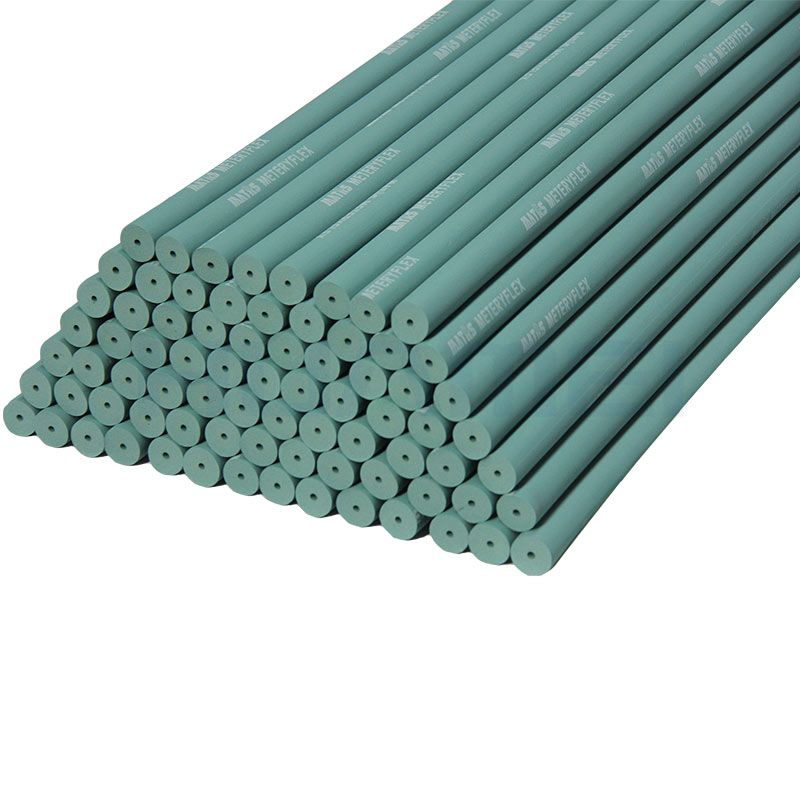Rubber Foam Tube is a product that may not be very common in our daily life, but its existence brings us many advantages. Our company is a company specializing in the production of thermal insulation materials. Among them, rubber and plastic foam pipes are one of the products we produce. Its emergence has quickly been recognized and valued by many companies because of the good quality and usability of the product. Strong, good price, buy the best product with the least money.
Rubber Foam Tube
Rubber-plastic foam pipe is a very good thermal insulation material. Its biggest advantage is the convenience of thermal insulation. It is also a non-toxic and odorless environmentally friendly product. It has certain anti-corrosion and anti-aging effects, and has a long service life. It must be that it is very convenient and fast to use, good work effect and high quality. Take these three aspects as an example. This product is also worthwhile for us. It can fully reflect its value in work, and its The quality is also very good. In order to ensure the tightness during the installation process, Yingai uses all the gaps and joints to seal with special glue. Installation should follow the order of big pipe first, small pipe first, elbow first, three-way straight pipe, last valve, flange. When installing chilled water pipes and refrigeration equipment, the gap between the ends of the rubber and plastic pipes and the iron pipes should be coated with glue, and the width of the glue should not be equal to the thickness of the rubber and plastic pipes.
The installation method of the rubber-plastic foam pipe material is roughly the same as that of ordinary rubber-plastic insulation materials, and the special-shaped parts are slightly different. The joints are glued and sealed with tape; the main tools are various types of knives, glue brushes, sharpeners Wait. Rubber and plastic composite materials have special loading and unloading standards and installation specifications. Installers must read and study carefully to ensure good installation quality and appearance. The installation of rubber and plastic foam pipe materials requires the use of auxiliary materials to achieve the perfect installation effect. The auxiliary materials include special glue, special colored tape, special sealant, detergent, etc. The material of the colored tape is exactly the same as that of the composite veneer. The rubber-plastic composite veneer selected is Class A non-combustible, and the corresponding colored tape is also Class A non-combustible; the rubber-plastic composite veneer selected is Class B non-combustible, corresponding The colored tape is also Class B flame retardant.
What are the installation difficulties of rubber and plastic foam pipe materials?
1. Cutting: The cutting of rubber and plastic products must be particularly accurate. Larger or smaller may affect the appearance of the installation;
2. Elbow parts: For elbow parts, the installation adopts the shrimp bend method, and the use of special tape can achieve good installation results;
3. Installation efficiency: the difficulty of installing local components may directly affect the installation efficiency;
4. Material loss: Compared with the installation of ordinary rubber and plastic insulation materials, the installation loss of rubber-plastic composite insulation products is large. By adjusting the installation method, the loss can be controlled at about 10%.
The above is the performance and installation of rubber foam pipe introduced by Construction Rubber Foam Supplier.

评论
发表评论